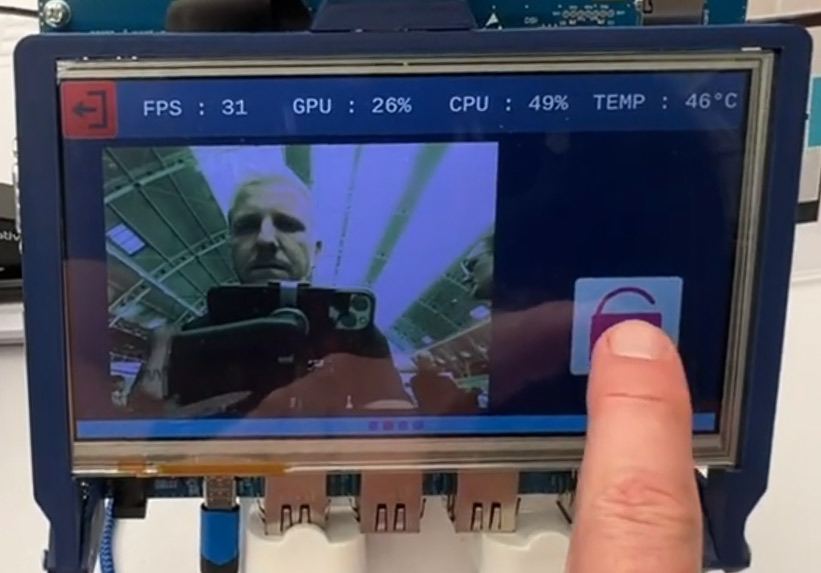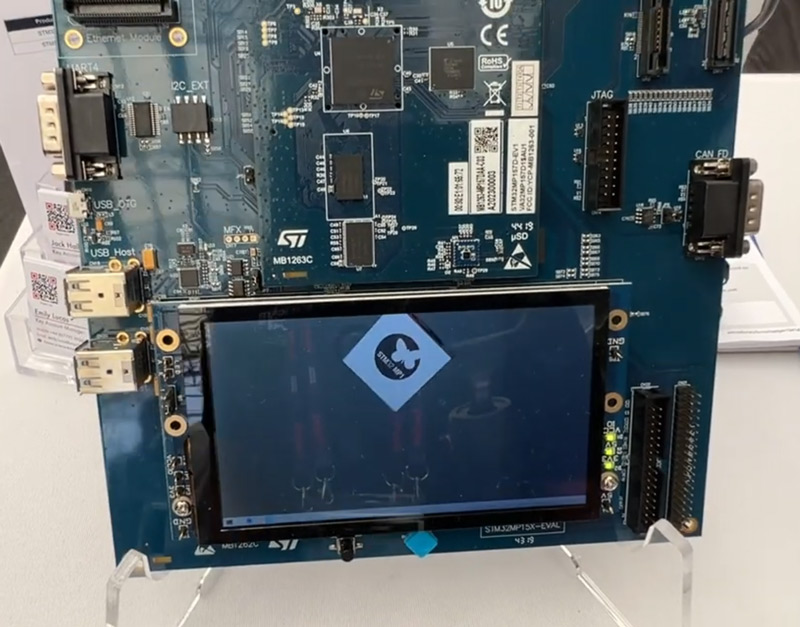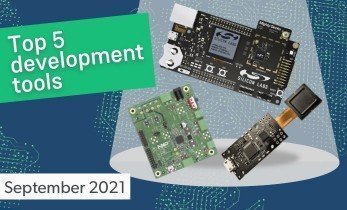STM32 Microprocessors vs Microcontrollers - Which Should You Choose?
STMicroelectronics (ST) made a significant impact at Hardware Pioneers Max 2024 with a prominent booth showcasing their latest microcontroller and microprocessor technologies. Their display attracted a large audience, eager to learn about ST's cutting-edge products and solutions.
The microcontroller landscape is witnessing a significant transition from older models like the STM8 to newer, more advanced models. While the stm8 has been a reliable choice for many years, newer models offer enhanced performance and capabilities that meet the evolving needs of modern applications.
Microprocessors are becoming increasingly relevant in contemporary applications due to their superior processing power and versatility. Unlike microcontrollers, which are typically used for simpler, dedicated tasks, microprocessors can handle more complex operations, making them ideal for applications requiring advanced computing, AI, and high-level operating systems.
STM32 Microprocessors: Technical Insights and Features
STM32 microprocessors integrate seamlessly with external memory components such as RAM, DDR2/DDR3, and program memory, providing enhanced flexibility and performance. They offer multiple boot options, including NAND flash, serial flash, and SD card, catering to various application needs.

The STM32MP1 and STM32MP2 models stand out for their advanced features, including STM32 I/O device integration, which enables efficient real-time application handling. These models also excel in IP and graphics capabilities, running Linux to leverage a vast ecosystem of available software and tools.
Designing with microprocessors involves different requirements and system components compared to microcontrollers. Microprocessors typically require additional components like external memory and more complex power management systems, whereas microcontrollers often have these elements integrated on a single chip.
The STM32MP2 simplifies the design process with its thoughtful integration of DDR memory handling and optimized board design considerations. This allows for a more straightforward transition from microcontrollers to microprocessors, making it accessible for developers familiar with microcontroller-based designs.
Designing with STM32 Microprocessors
STM32 microprocessors are designed with a footprint that facilitates easy DDR layout, significantly simplifying the board design process. While it is possible to create a functional design using a 4-layer board, a 6-8 layer board is recommended for optimal performance and reliability.

For developers transitioning from microcontrollers to microprocessors, it is essential to consider the additional system components required, such as external memory and advanced power management systems. STM32 microprocessors offer a user-friendly design that eases this transition, allowing for a more straightforward integration into existing projects.
The STM32 H5, featuring the Cortex M33 core, is currently one of the most popular models due to its impressive capabilities and recent introduction to the market. It offers enhanced performance, making it a favorite among engineers and developers.
STM32 series microprocessors and microcontrollers are known for their long-term availability and support. This ensures that products based on STM32 technology remain viable and supported for many years, providing stability and confidence for developers and their projects.
Getting Started with STM32
For those new to STM32, starting with STM32 Nucleo Development Board is highly recommended. These kits provide a practical introduction to the STM32 ecosystem, allowing beginners to quickly get up to speed with the hardware and software tools available.
ST offers a range of free tools and resources on its website, including comprehensive learning materials and robust support. These resources are invaluable for both novice and experienced developers, ensuring a smooth and productive development experience.
One of the significant advantages of the STM32 family is the consistent register locations across different models, which facilitates easy code portability. This consistency allows developers to transition smoothly between various STM32 models without the need for extensive code modifications.
For developers and engineers, this ease of porting code translates into increased efficiency and reduced development time. It enables the reuse of code across multiple projects, leveraging the versatility of the STM32 platform to its fullest potential.












































Leave your feedback...